Fume hoods are essential engineering controls designed to protect laboratory personnel and the workspace from exposure to hazardous chemical vapors, gases, dust, and aerosols. They function by maintaining a negative-pressure containment zone, drawing contaminated air through a controlled sash opening and either exhausting it outdoors or filtering it before recirculation. These enclosures are crucial in labs handling volatile chemicals in pharmaceuticals, chemical synthesis, pathology, forensic testing, and academic research. Performance-compliant designs typically meet standards like ANSI/ASHRAE 110 or EN 14175, with regular certification to confirm face velocity (commonly 80–120 fpm) and containment efficiency.
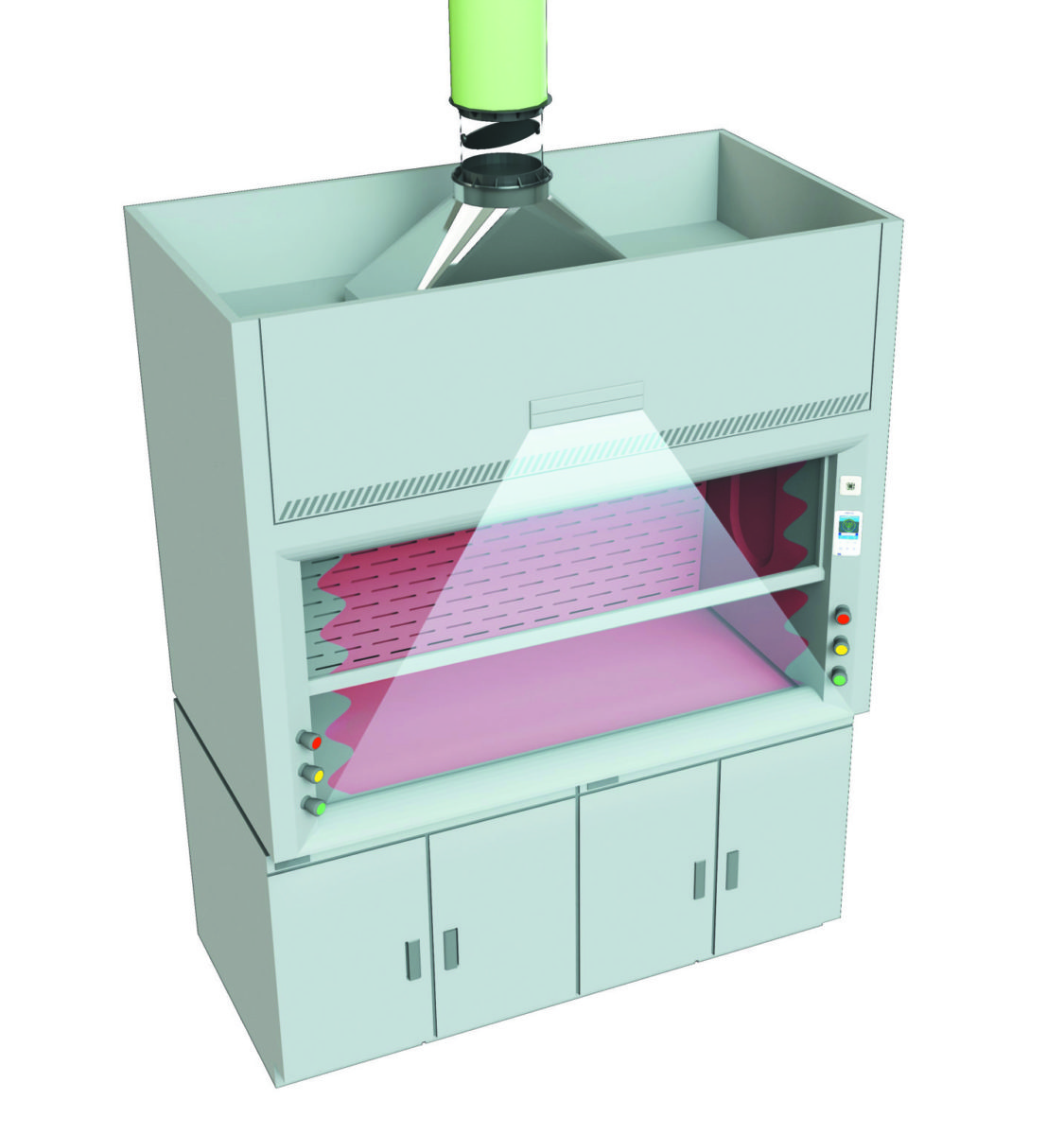
Ducted fume hoods, connected to external exhaust systems, ensure contaminated air is expelled from the building. Constant Air Volume (CAV) models maintain fixed airflow regardless of sash position, commonly used in standard chemical labs. Variable Air Volume (VAV) hoods dynamically adjust airflow based on sash movement, delivering substantial energy savings in high use environments. While VAV installations have higher upfront cost, they offer long term operating efficiency.
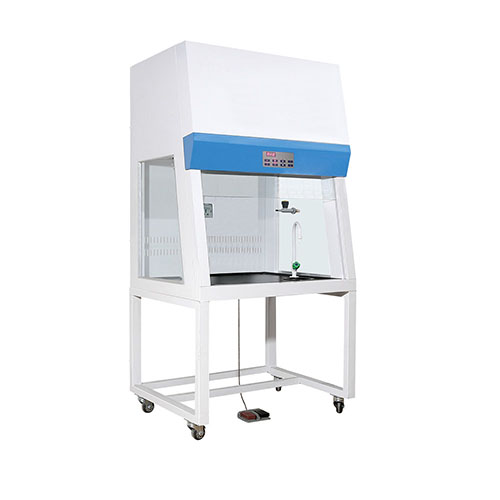
Ductless fume hoods filter airstream internally via activated carbon and HEPA filters and recirculate it back into the room. Ideal for small-volume, low-risk applications or rooms lacking ductwork, they offer flexibility and lower installation cost. However, filter selection and maintenance are critical to maintain containment performance.Best suited for low-hazard tasks in educational chemistry classrooms, benchtop testing, and small research spaces, they are flexible, easier to install, and energy-saving.

Compact units that sit directly on existing lab benches, bench top fume hoods provide reliable containment for small scale chemical work. Typical features include tempered safety glass with anti shatter coatings, internal baffles, and dedicated centrifugal blowers. They efficiently remove low-to-medium level toxic fumes, making them popular in educational labs, material science facilities, and analytical chemistry stations. Rechargeable or duct-connected options ensure flexibility for varied workspace configurations.
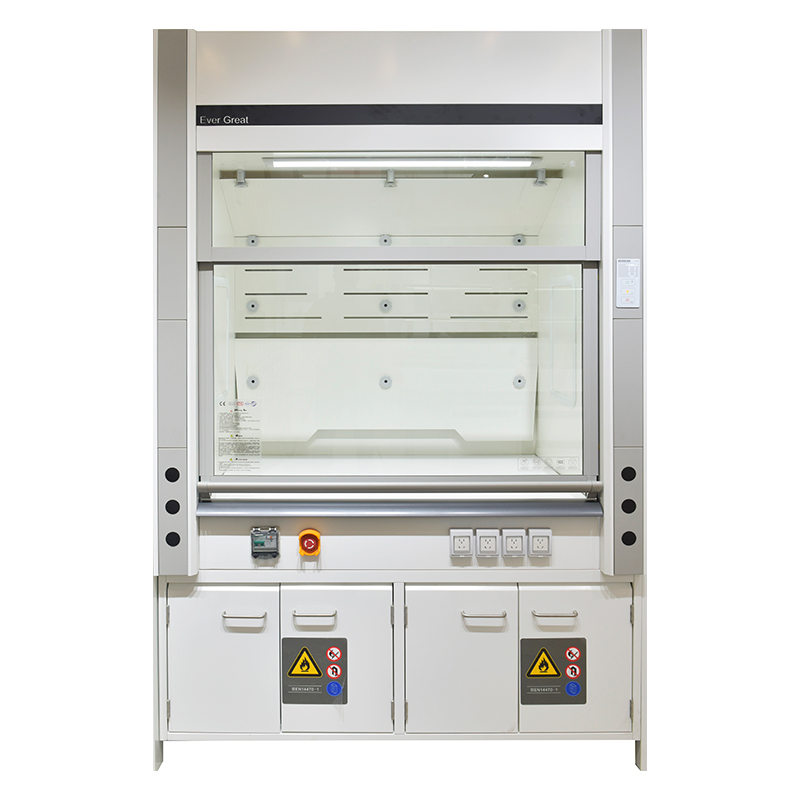
Engineered with increased vertical clearance and lowered bench heights, distillation hoods accommodate tall glassware and complex distillation rigs. Suited for pharmaceutical synthesis, forensic analysis, and petrochemical labs, these hoods maintain airflow despite the height increase and ensure safe exhaust during high-temperature reflux operations.
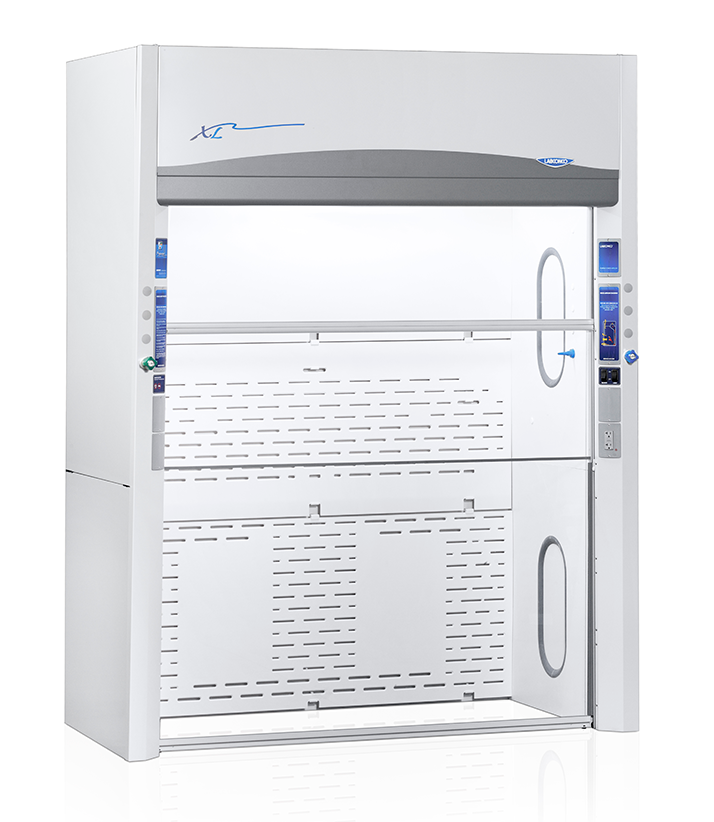
Spanning from floor to ceiling, walk in hoods act as mini chambers for large apparatuses or drum transfers. Ideal for pilot plants, robotic automation labs, and large-scale reaction setups, they typically offer sliding sash access and expansive interior volume. Despite their name, they are not intended for occupied working inside.
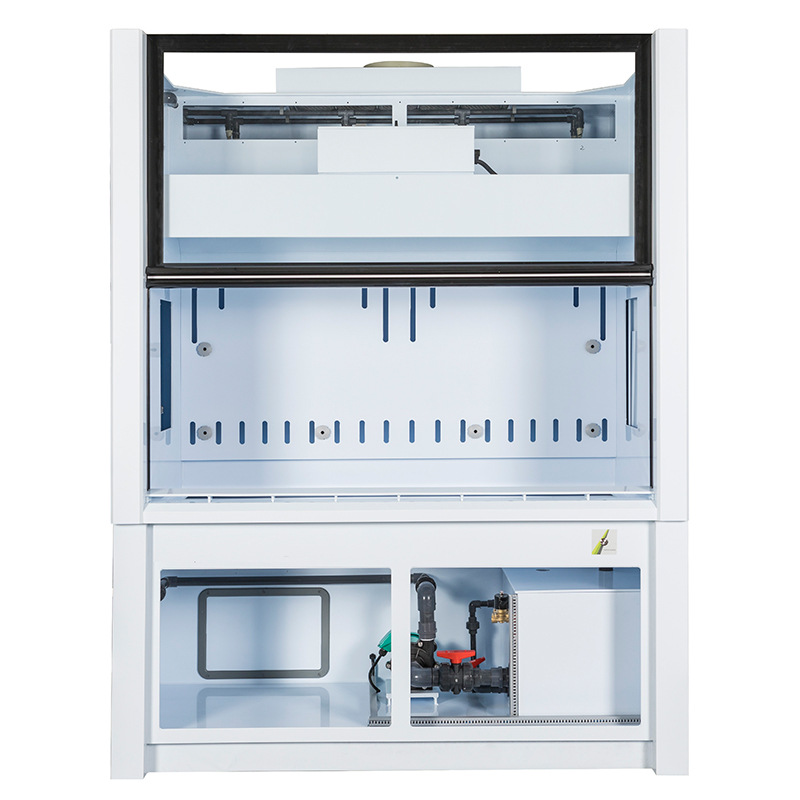
Specialized for handling reactive perchloric acid, these hoods feature corrosion-resistant liner materials like stainless steel or CPVC, water wash-down sprayers, and integrated drainage to clear perchlorate deposits safely. They’re critical in rocket fuel labs, metallurgical processes, and chemical manufacturing that utilizes strong oxidizers.
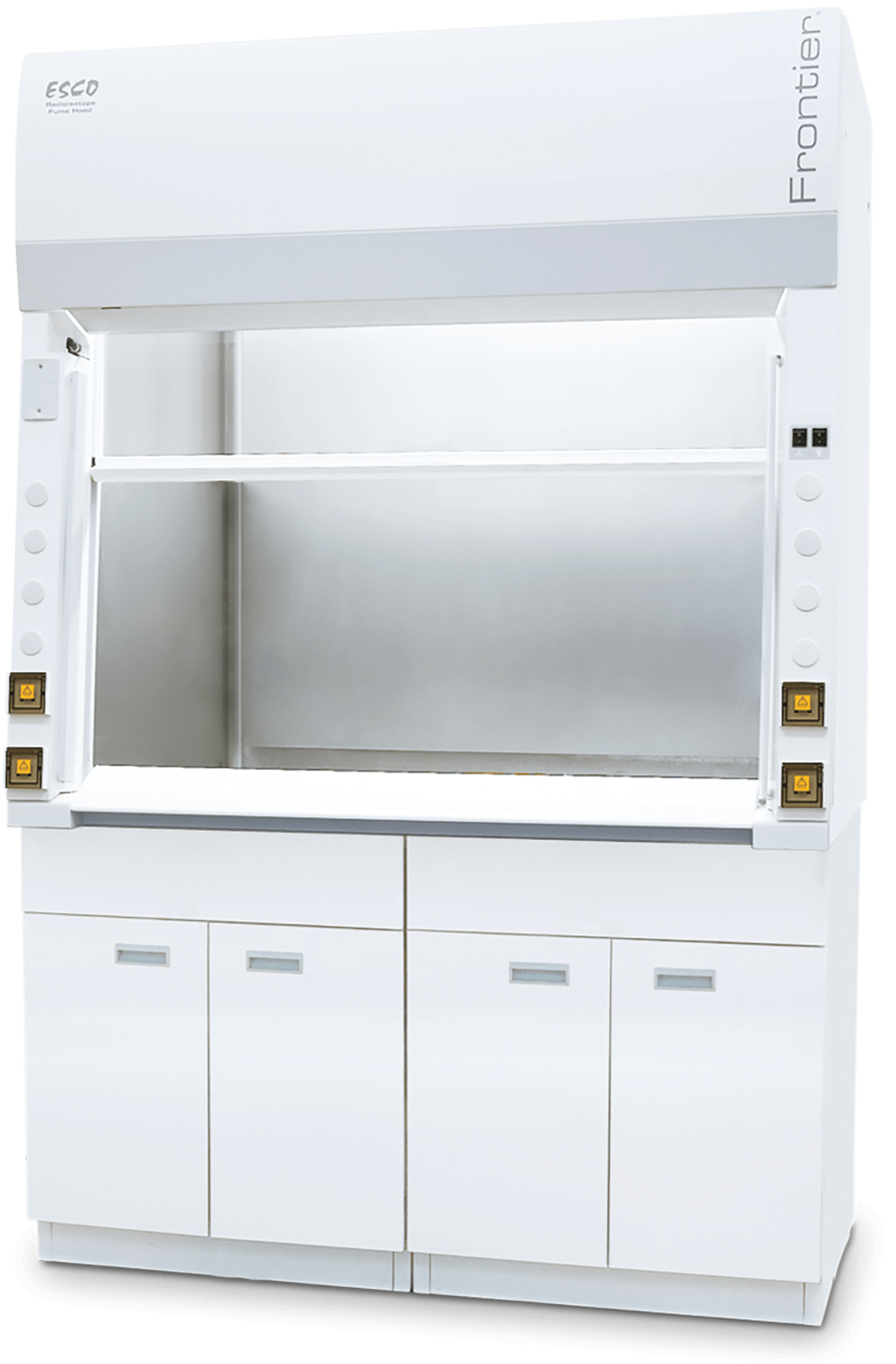
Constructed with seamless, welded stainless steel interiors and reinforced work surfaces, radioisotope hoods manage radioactive aerosols with high containment efficiency. Equipped with HEPA filtered exhaust systems and load bearing counters, they are essential in medical isotope labs, nuclear medicine, and research institutions requiring stringent decontamination protocols.
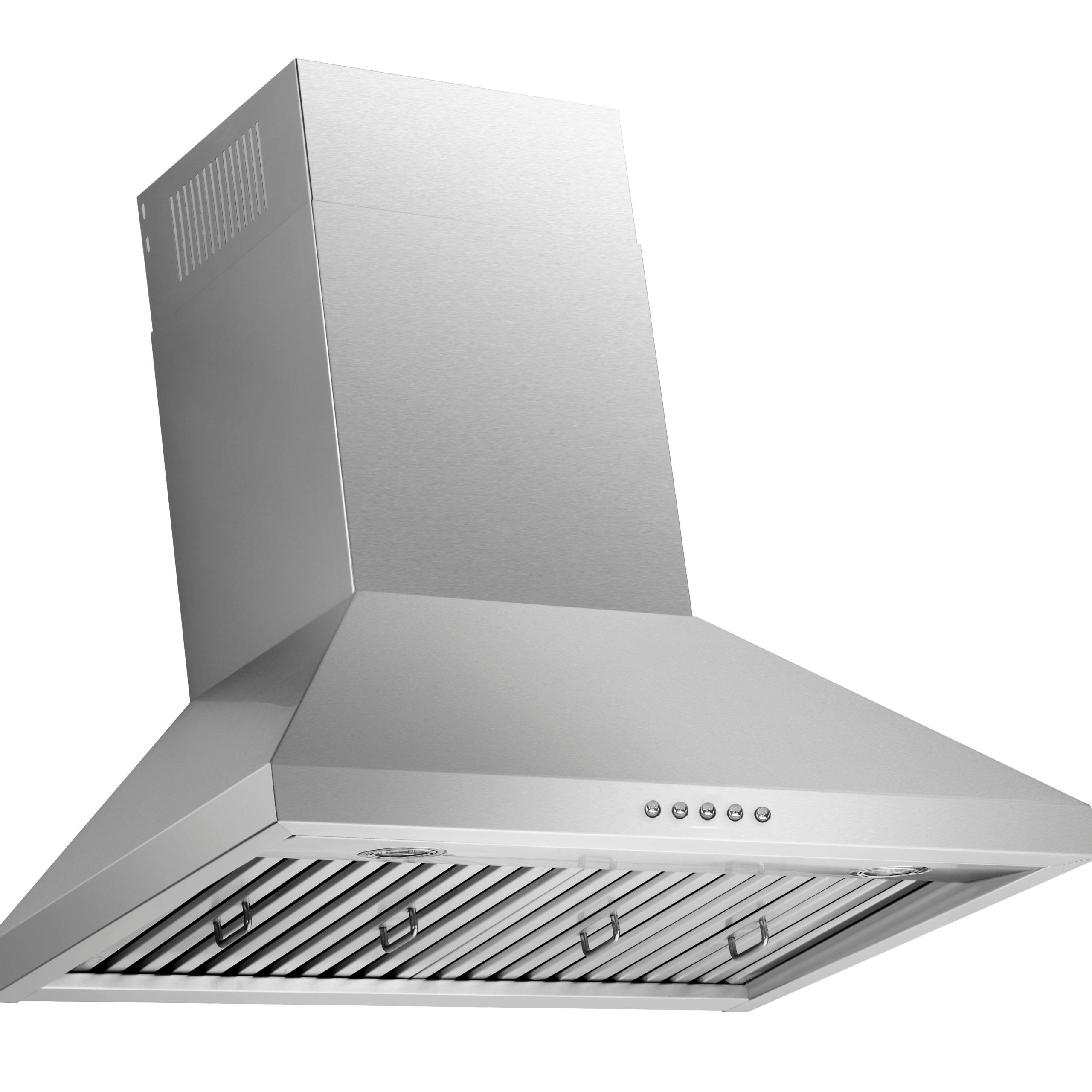
A good laboratory canopy hood can keep fungal cultures uncontaminated, filter toxins out of a lab, and keep heat, steam, and odors away from people and products that would otherwise be affected. A canopy hood is a specific type of fume hood that's designed to vent non-toxic vapours like steam, heat and odors.
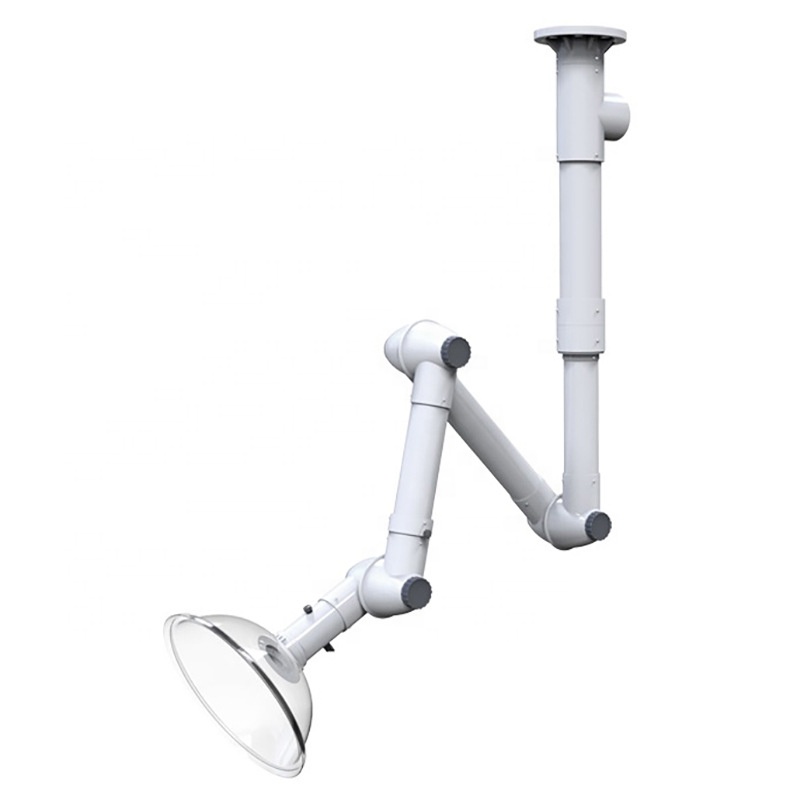
Suction arms—mounted on walls, ceilings, or bench surfaces—feature articulated linkages with friction joints and ball-bearing pivots for smooth, secure movement and precise positioning over hazardous zones. Common in laboratories, workshops, and dental clinics, they extract fumes, dust, and vapors directly at source, minimizing ambient exposure. Available in lengths up to several meters, these flexible arm systems typically use anodized aluminum or polypropylene construction for chemical resistance, and are designed for easy cleaning, reliable grip, and long-term performance in corrosive or sterile settings.